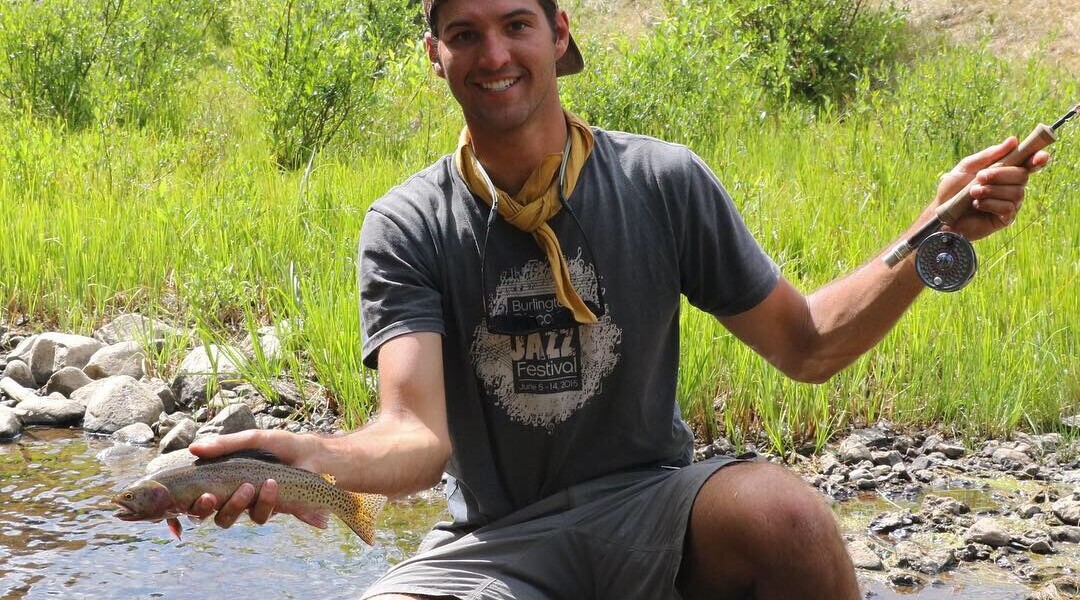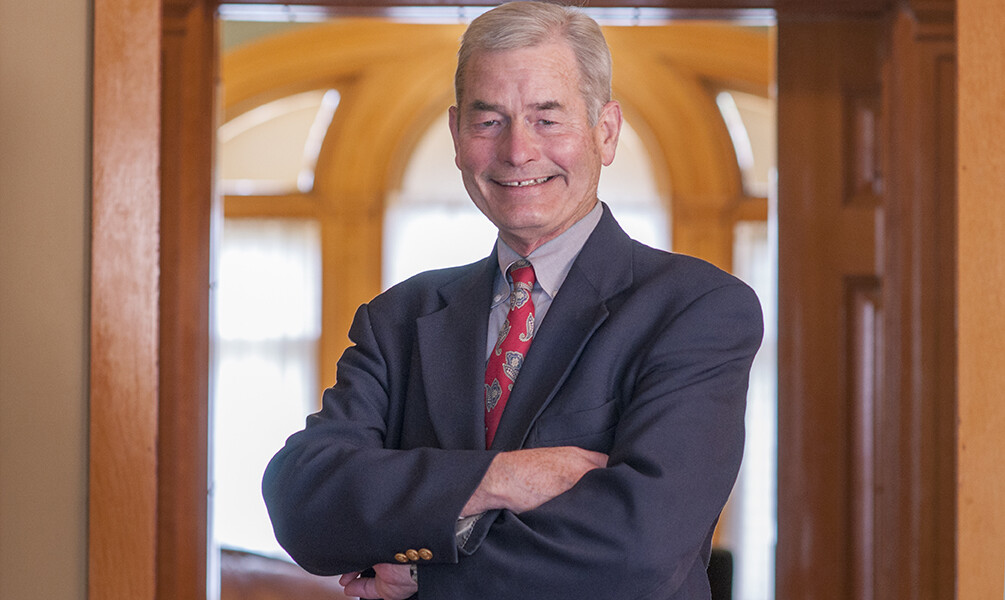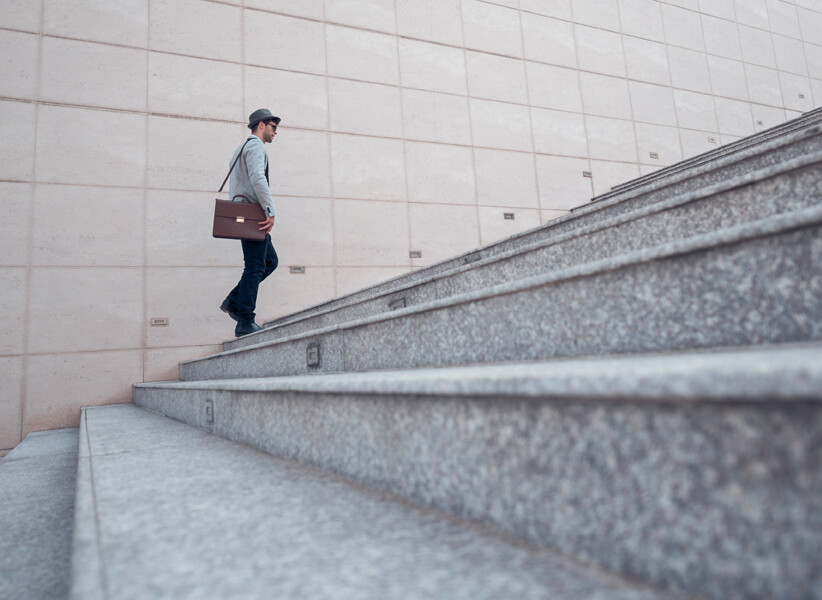Lucie deLaBruere’s philosophy is to never stop learning.
A native of West Charleston, Vermont, deLaBruere was one of the first people in her family to go to college. She earned her bachelor’s degree in secondary education and went on to pursue a master of science in internet engineering. One of her many professional projects includes teaching in UVM’s Educational Technology Sequence, an online program of six graduate courses designed to help teachers, library media specialists and other educators create technology-enhanced curriculum.
“I’m always learning and thinking about learning,” she says. “I like to put myself in places where I jump in the deep end of the pool.”
deLaBruere and her husband, Craig, gave up their apartment six years ago to live in a 1983 Bluebird bus that doubles as a mobile makerspace. Between November and May, the couple travels the country in search of creative inspiration at events like South by Southwest in Austin, makerspaces and schools in Hawaii and co-working spaces in Kansas.
For decades, deLaBruere has been instrumental in empowering girls to learn technology. She launched the TechSavvy Girls Camps in the Northeast Kingdom nearly 20 years ago and helped bring the maker movement to Vermont students. She embraces the difficult questions and hands-on work required for making technology better—something she specifically sees happening in the maker movement.
“Technological innovations have had some unintended side effects as technology has become more and more mainstream. The big tech makers are trying to make things like the iPhone so easy that your grandmother can use it,” she says. “Back when I started, we were coding e-portfolios in HTML and our students were winning huge awards in coding contests. We were doing the hard stuff, and playing in the deep end of the pool as we were creating, making and learning with technology.”
Today’s iPhones are more powerful than the Apollo-era computers. Now you can ask your smartphone a question to get information about the weather or current events.
“In that capacity, have we reduced thinking, inquiry and problem-solving?” she says. “I don’t think today’s smartphones are making students more tech savvy. We have more people on board but it’s in the shallow end of the pool.”
deLaBruere takes pride in pushing herself in areas that can help her students prepare for their future. When her colleagues were getting their master’s in education and curriculum, she was getting her graduate degree in internet engineering.
“It wasn’t because I wanted to be a dot com owner. I wanted to understand what kids were learning or would need to learn to succeed in an increasingly digital age,” she says. “And when stuff is hard for me, it makes me a better teacher.”
Finding Creativity on the Road
When she’s on the road with her husband, deLaBruere blogs about her travels and experiences at conferences, makerspaces and schools on her blog, www.CreateMakeLearn.com.
She and her husband spend half of the year on the road and half of their time in Mallets Bay. Inside their bus is a small makerspace with a 3D printer and laser cutter (deLaBruere prefers the term “spaces for creating and making” over makerspace). The UVM Tarrant Institute for Innovative Education and Google worked with deLaBruere to kickstart the mobile makerspace that helps bring opportunities to schools in rural Vermont. deLaBruere continues to partner with the UVM Tarrant Institute to frame the conversation around the role of makerspaces in our schools.
“We’ve made our journey one of inquiry—one that’s around creative convergences. We go to South by Southwest, maybe at some point, we’ll go to Burning Man,” she says. “We also visit schools and makerspaces. And when we get to a particular place, we search for the example of creativity in that city or town.”
Every school and makerspace is different—which is how it should be, she says. When visiting a community, she is interested in the “what, “why,” and “how.”
“By going into different communities and different schools, I could say not one or two are the same,” she says. “If you are following recipes of how someone else is doing it, then you are defeating the purpose of what your makerspace is because you’re not meeting the needs of your community.”
When people ask deLaBruere why she has a makerspace on her bus, the answer is instantly obvious to anyone that knows her. “It’s here for me to learn,” she says. “It’s a place where I’m constantly learning to do things that I don’t know how to do.”
The “UVM Is” series celebrates University faculty, educators, and the campus community.
-Main image credit: DaCapo Publishing





